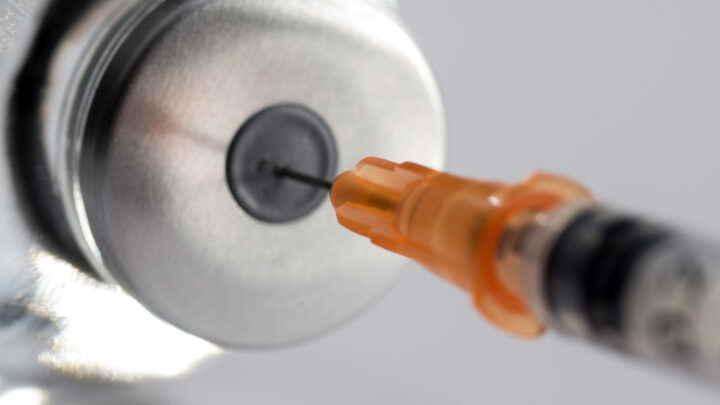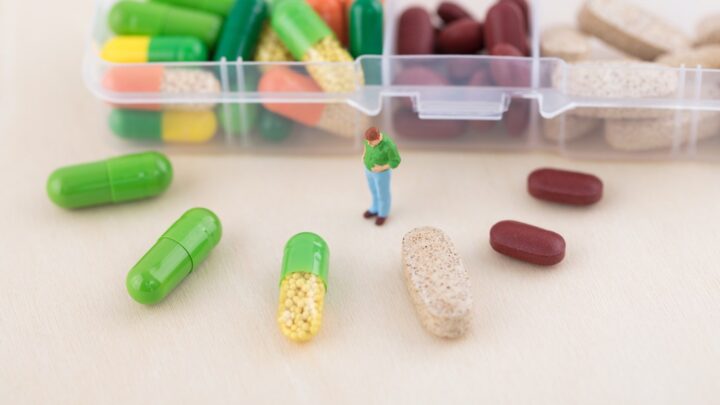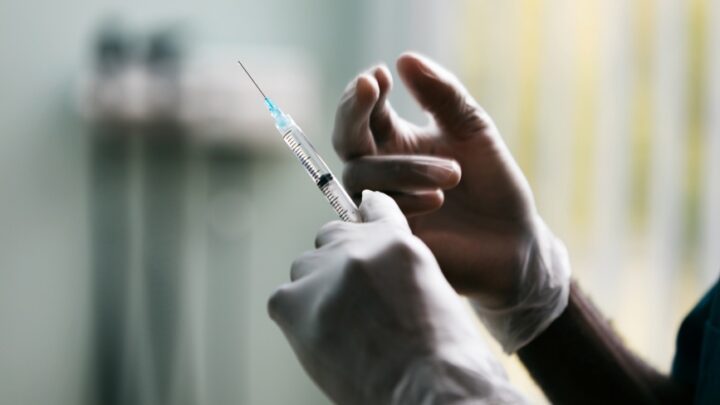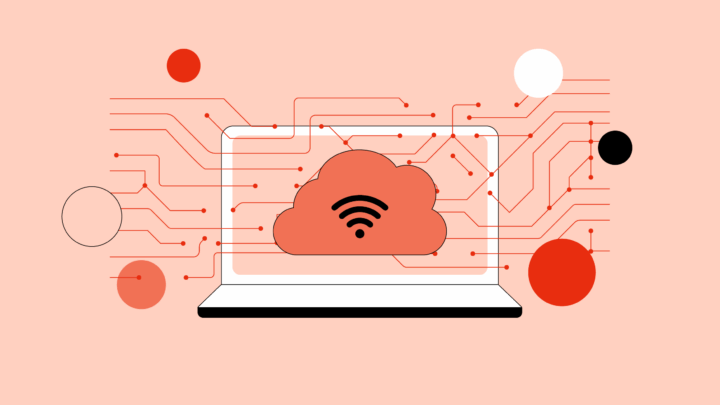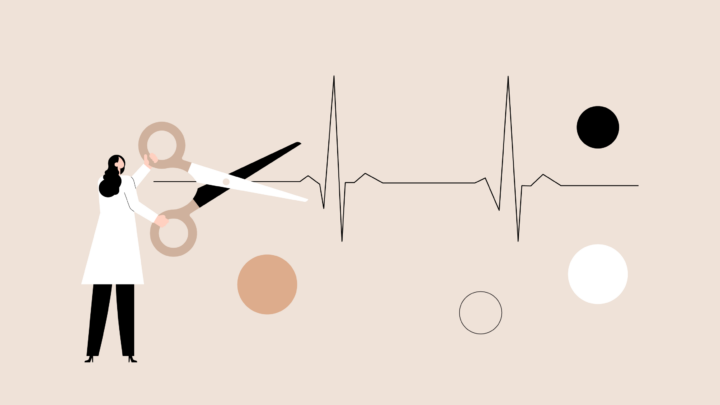
~Dr Edward Chao
Testing blood glucose helps both the patient, physician, and any member of the individual’s health care team – from nurses to dietitians to diabetes educators. I discuss with patients that these readings give us all invaluable guidance in 3 ways.
1. Patients get immediate feedback.
If you’re a patient, and your glucose is rapidly soaring or plummeting, you’d want to know and take quick action to correct it.
2. Readings help us discern patterns over the long-term.
During visits, we can review trends over a longer stretch of time. Are there times of day when the readings are running higher or lower than others? If there’s no pattern, consider dietary indiscretion.
3. Whether you’re at goal (or not), testing can be motivating.
I encourage my patients to think of it this way: planes are off-course an estimated 90% of the time, and when the air traffic controller tells the pilot this, s/he doesn’t panic or berate him/herself! Similarly, those off-course readings are just data telling you to adjust. If things are going well, then pat yourself on the pat, and continue keeping up the good work that got you there in the first place (but, don’t rest on your laurels).
But – there are myths that can may mislead patients about testing:
1. “I”ll just rely on my A1c”.
Sure, there’s still debate and conflicting evidence over the value of testing SMBGs for those with type 2 diabetes who are only on oral meds. But my advice is – having a glucometer is still important, in case you run too high or too low, and it’s a good idea to spot-check, even if you’re consistently at goal. If for example, the A1c is not at goal, we need to know where the trouble spots are occurring.
2. “I can tell when my sugars are too high, I can feel it”.
I hear this one a fair amount of the time. Why guess, I ask, especially when you’re on insulin, and would need to know what your reading is, to make the right adjustment? That can lead to an analogy to driving (or flying) without any data on where or how fast you’re going.
3. “I just have to test before I eat in the mornings, and these look OK; so everything’s great!”
A patient’s SMBGs consistently run in the 90s-150s, but her A1c is 8.3%. Why? A potential reason: a patient may be only testing during a single time period in a day – a common one is fasting, and s/he (and you) aren’t seeing that other numbers are higher later in the day.
I hope these have given you a few thoughts to start or continue, your conversations with your patients who may be hesitant to test. Please share any insights you’ve found useful, and if you’re a physician log in to Sermo to join the discussion!

Bio
Dr. Chao practices at the VA San Diego Healthcare System and is Associate Clinical Professor of Medicine at the University of California, San Diego. He received his medical degree from the University of New England College of Osteopathic Medicine. He completed residency in internal medicine at Loma Linda University Medical Center and fellowship in endocrinology and metabolism at the University of California, San Diego. Dr. Chao’s interests include diabetes research and medical education. He was recently elected to the UCSD Academy of Clinician Scholars.
